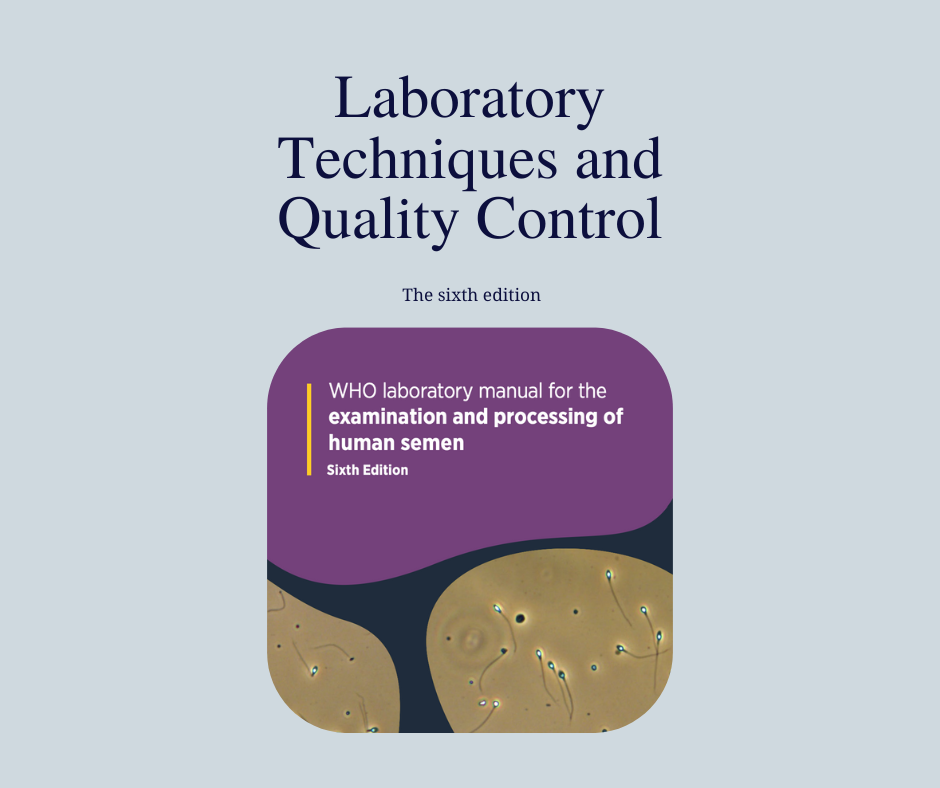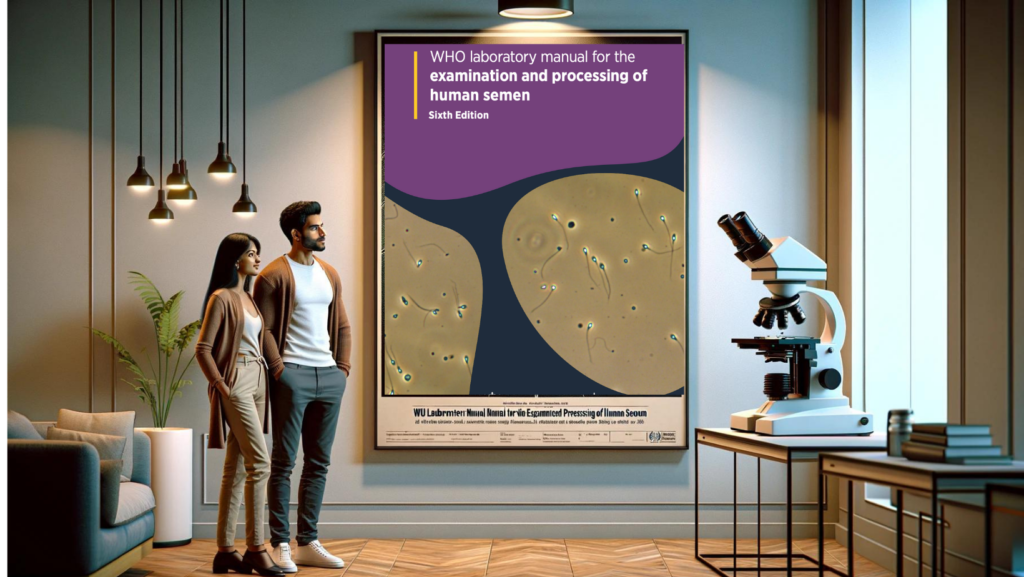Elevating Health Standards with WHO’s Semen Analysis Manual
The World Health Organization (WHO) underscores the necessity of high-quality, accessible health services for achieving Universal Health Coverage (UHC), with a significant emphasis on sexual and reproductive health. A pivotal element in this mission is the WHO’s laboratory manual for the examination of human semen and sperm-cervical mucus interaction. Originally published in 1980, this manual emerged in response to the growing demand for standardized semen examination procedures. Its journey through revisions in 1987, 1992, 1999, and 2010 reflects an enduring commitment to evolving medical excellence. The latest milestone, the sixth edition of the WHO Manual for the Laboratory Examination and Processing of Human Semen, further cements its foundational role in global health standards.
– Dr. G. A. Ramaraju DNB PhD, Consultant Krishna IVF Clinic
Global Standardization Through the WHO Manual
This manual has globally harmonized the approach to semen analysis, serving as the definitive guide for clinical and research laboratories worldwide. Setting a universal standard facilitates consistent, reliable reproductive health diagnostics across borders.
Expanding the Scope of Reproductive Health
The manual covers extensive ground, from semen examination techniques to advanced diagnostic procedures, including the latest sample preparation and infection detection updates.

A notable enhancement in the sixth edition includes computer-aided sperm analysis, a cutting-edge technique that underscores the manual’s role in adopting modern fertility assessment methods. This innovation elevates diagnostic precision and enriches patient treatment plans, exemplifying the manual’s impact on improving reproductive health outcomes.

Contributing to Global Health and UHC
The WHO manual transcends its function as a laboratory guide, significantly influencing global health by improving access to quality reproductive healthcare, particularly for males. It aligns with Sustainable Development Goals by facilitating advancements in fertility care access, thus propelling forward the global agenda for universal health coverage.
Mobilizing Global Action
The manual symbolizes the global commitment to raising health standards and ensuring equitable access to essential care for all. As a catalyst for change, it propels nations towards comprehensive health coverage, enhancing the overall quality of life. Its evolution from a procedural handbook to a cornerstone of global health strategy demonstrates the profound benefits of standardizing healthcare practices and ensuring universal access to reproductive health services.
The Future: Healthier Populations Worldwide
The WHO’s dedication to refining reproductive health through this seminal manual exemplifies the power of targeted efforts in achieving broad health benefits. It showcases the manual’s evolution from addressing specific procedural needs to becoming a linchpin in the global pursuit of better health outcomes. By consistently aligning with the latest medical research and practices, the manual enhances clinical workflows and serves as a beacon for global health initiatives to realize UHC. This commitment highlights the critical role of specialized services and standardization in overcoming health challenges, promising a healthier, more equitable future for populations across the globe.
